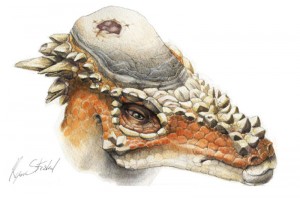If you haven’t heard of it yet, a new tool, the Open Access Button has just launched, coincident with a large open access conference in Berlin. Below is a copy of their press release, the original of which can be found here. In the mean time, check out some of the EGU’s open access journals – there’s quite a decent variety! Also, for those interested, the Finch Committee who kicked off open access policy development in the UK just released a review of their progress, which is worth a peek.
[Begin press release]
November 18, 2013
Contacts:
Students Launch “Button” to Put Denied Access to Research on the Map
BERLIN – Today, at an international meeting of student advocates for expanded access to academic research, two undergraduates from Great Britain announced the highly-anticipated launch of The Open Access Button – a browser-based tool to map the epidemic of denied access to academic research articles, and help users find the research they need.

